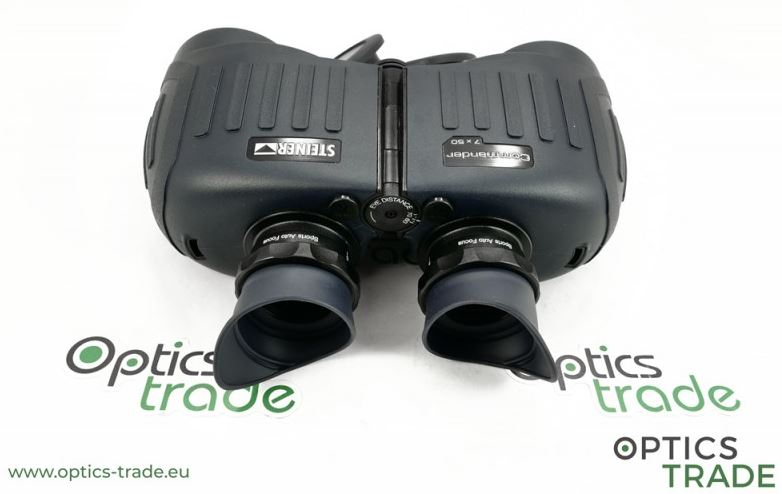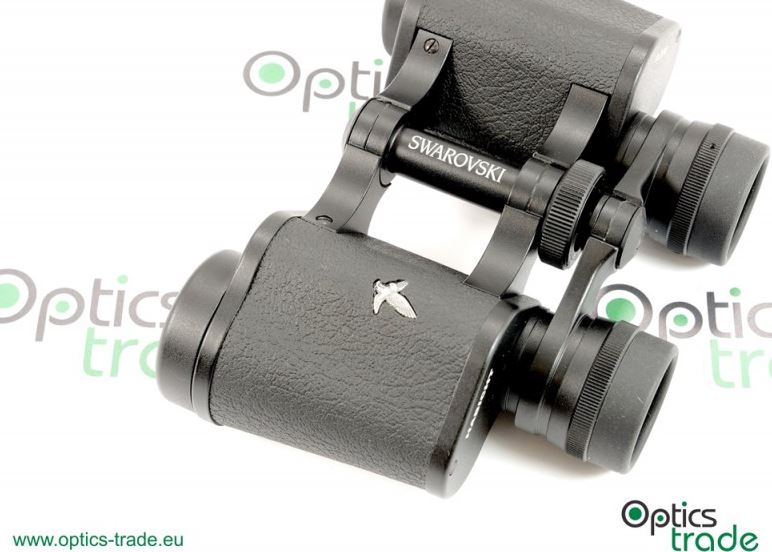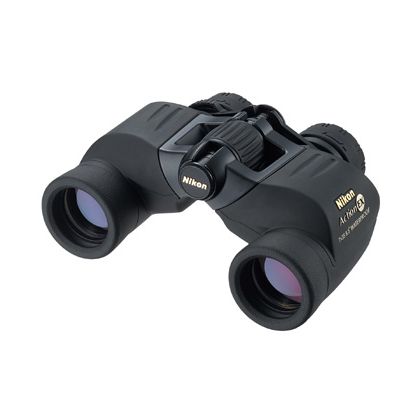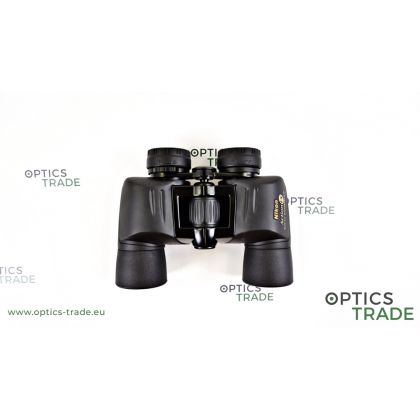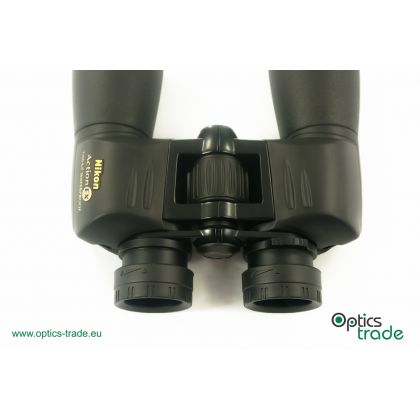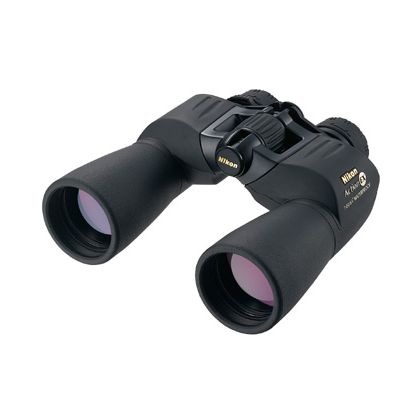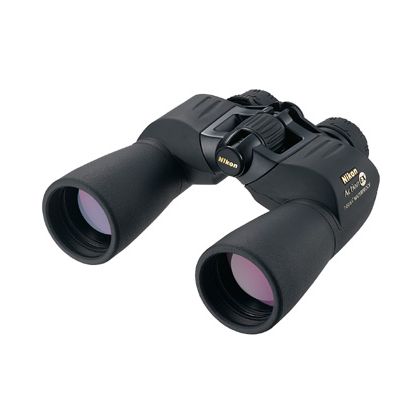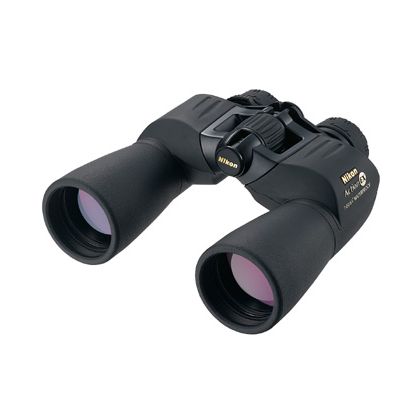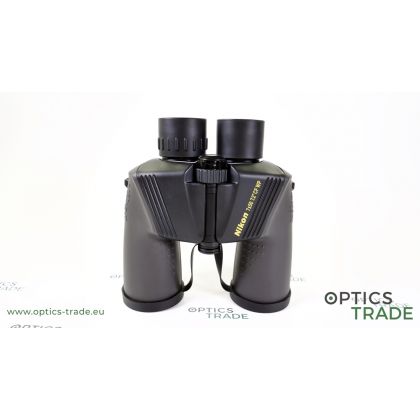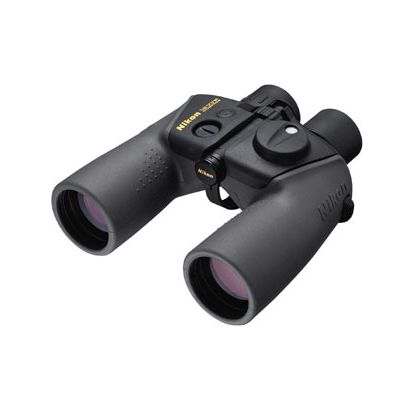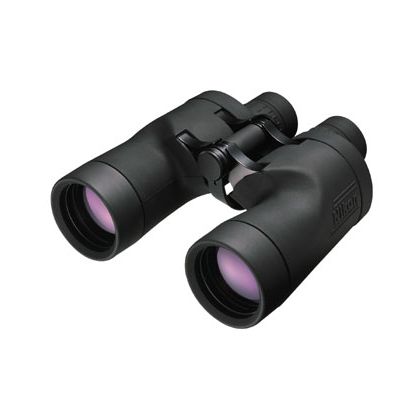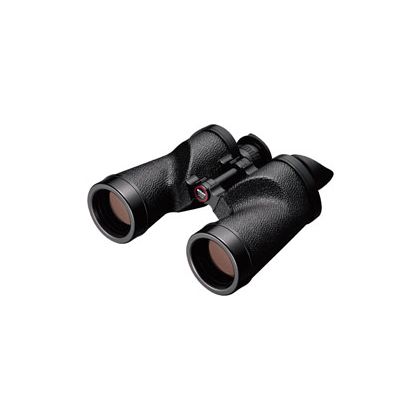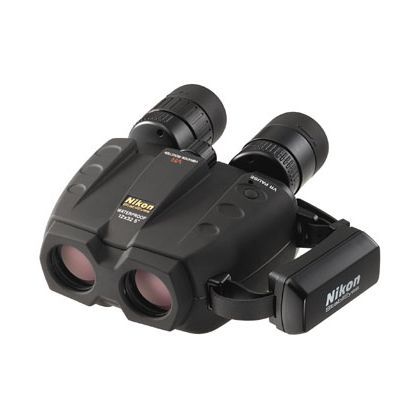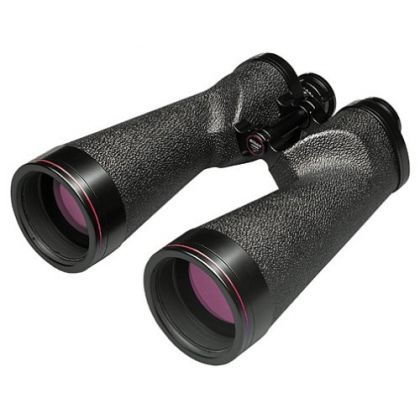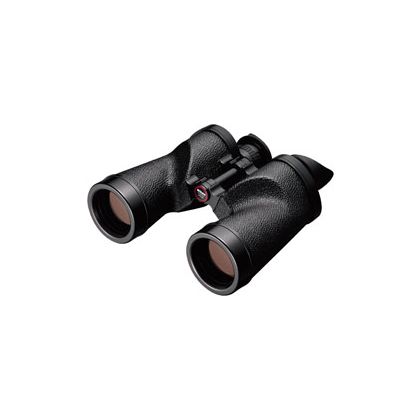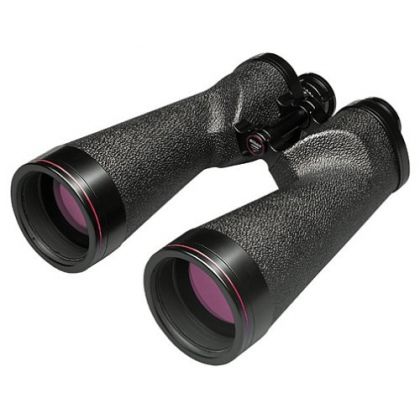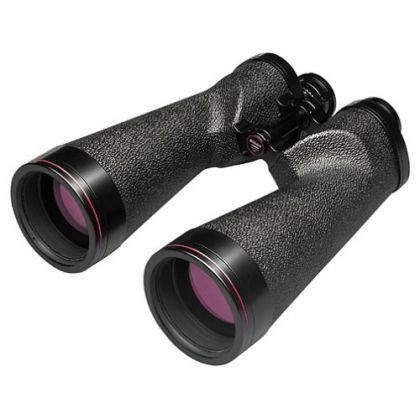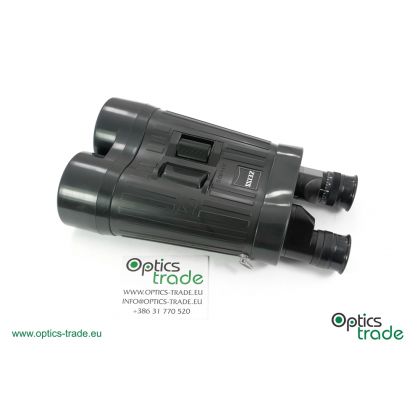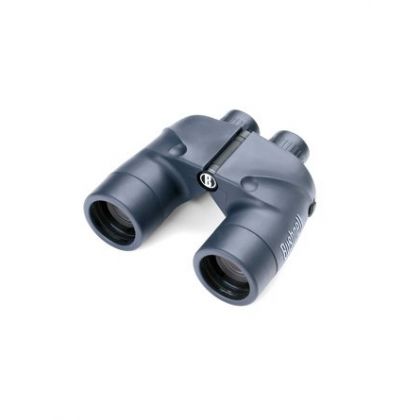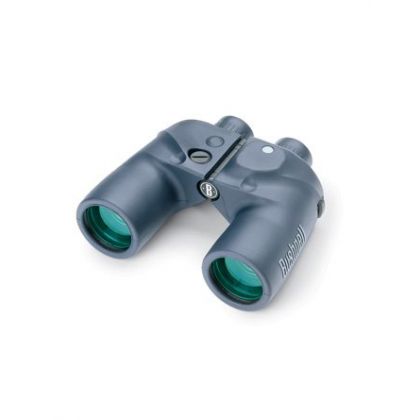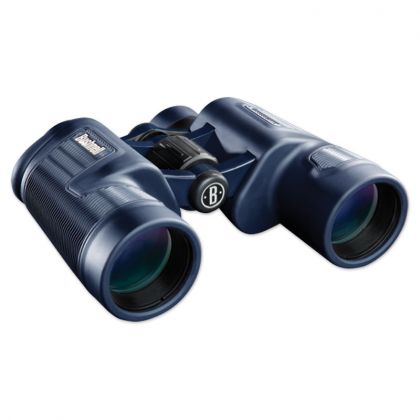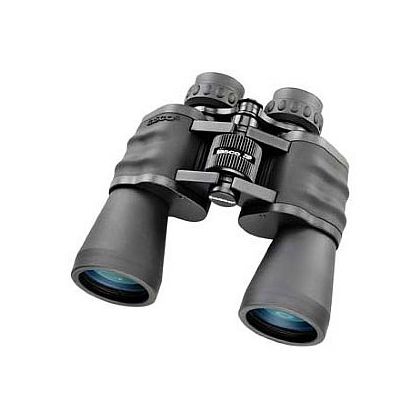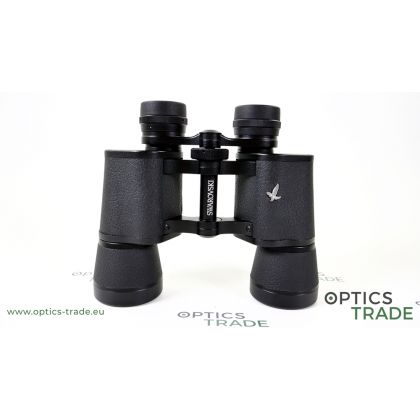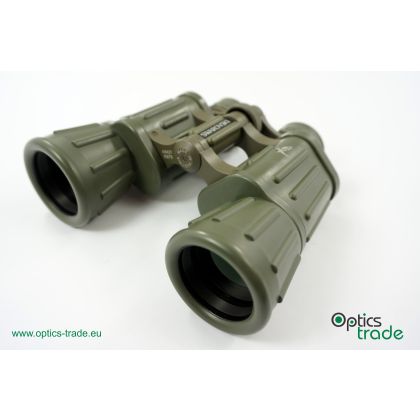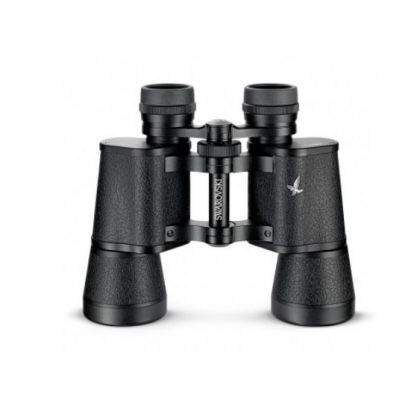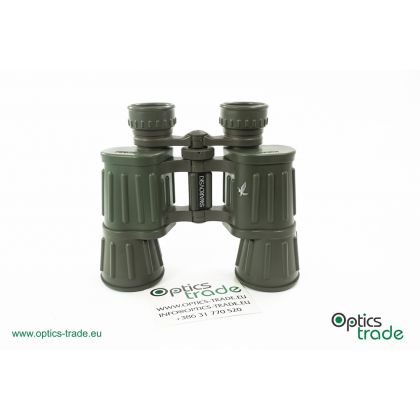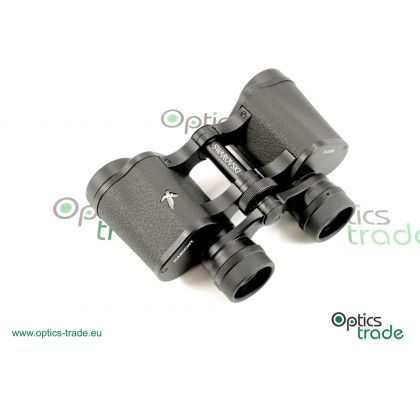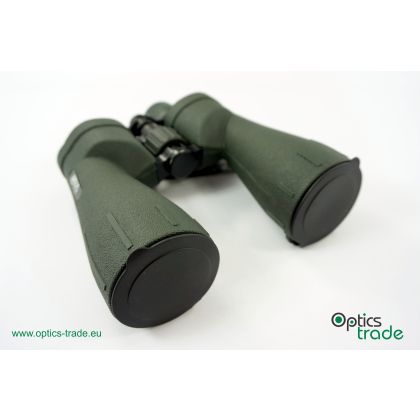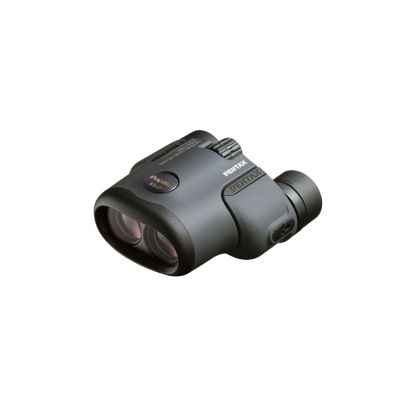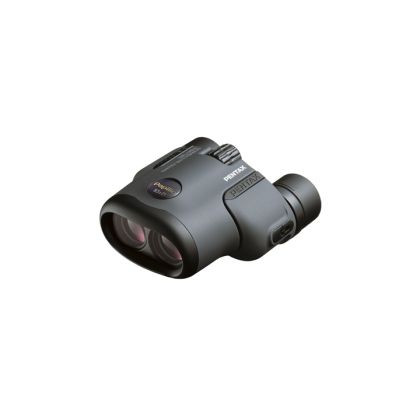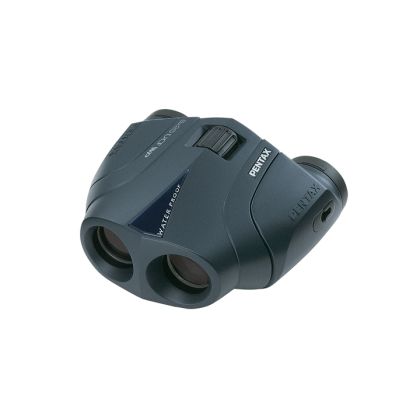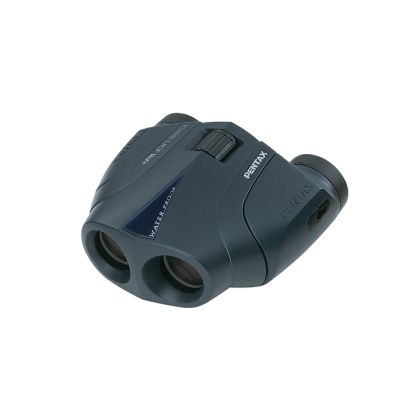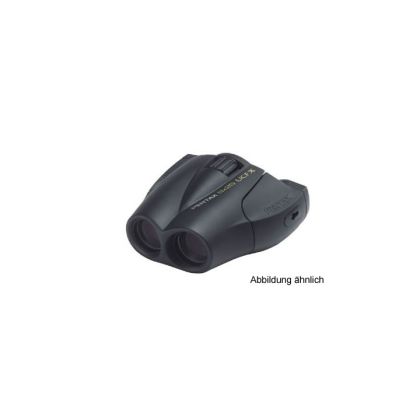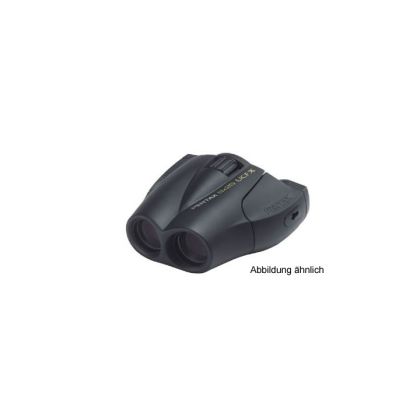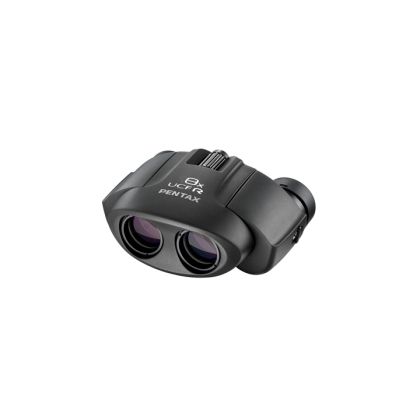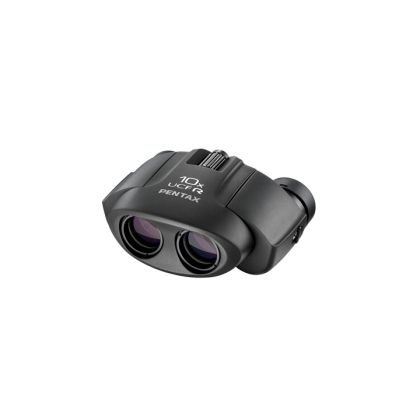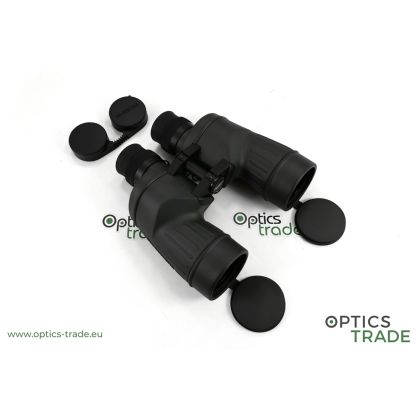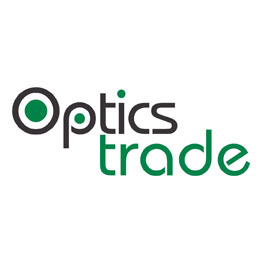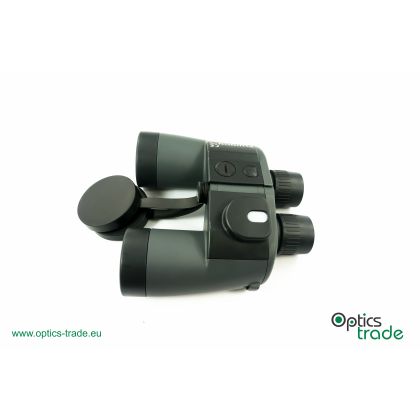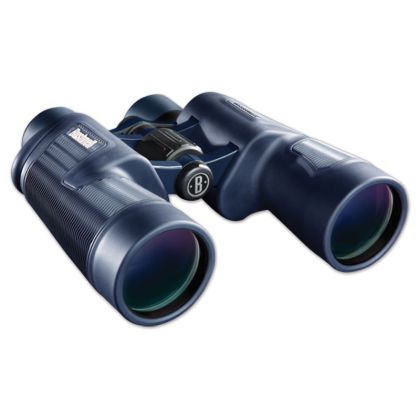Mounts
Porro Prism Binoculars
Sub Categories
Introduction of Porro Prism Binoculars
Binoculars that contain Porro prism (named after Italian physic Ignazio Porro) in their optical construction were predominantly the first type of binoculars on the market.
This traditional arrangement of binos provided by Porro prisms makes objective lenses further apart and thus offering a higher light transmission rate. Porro Prism Binoculars have a brighter and sharper image. They feature a better depth of field and are offering the best realistic 3D image and a wider field of view.
Many binoculars with Porro prism have also a focusing mechanism part separated for each eye, which can be very useful in low light situations when observing at dusk and dawn.
Steiner Commander 7x50 Porro - prism Binocular
Roof prism VS Porro Prism Binoculars
In the last couple of decades, binocular with Roof prism design (either Schmidt-Pechan prism or Abbe- Köning prism) became more popular than Porro Prism Binoculars, due to their compactness and water-tightness.
Even though Porro prism binoculars are becoming rare in today’s times, this traditional arrangement makes them more affordable than Roof prism, due to less expensive manufacturing. But the wider design makes them heavier and difficult to hold in hands and they are less watertight and also less rugged, providing a less secure grip.
The other disadvantage of Porro prism binoculars is the lack of adjustable eyepieces, which leads to problems when using the binocular with glasses.
Swarovski Habicht Binocular with Porro prism design
Features of Binoculars with Porro Prisms design
Advantages of Porro prism design |
Disadvantages of Porro prism |
| (+) higher light transmission rate | (-) heavy and clumsy |
| (+) better depth of view perception | (-) less watertight |
| (+) wider field of view | |
| (+) realistic 3D image | |
| (+) lower price for high-end Porro Prisms - binocular |
Video presentation of Porro prism binoculars
Optics Trade debate and tips about Porro prism vs Abbe-Koenig prism binoculars
Optics Trade debate about Individual focusing
Optics Trade debate about Why Binoculars use Prisms (Porro or Roof)
Filters
Sort
Filters
Sort
